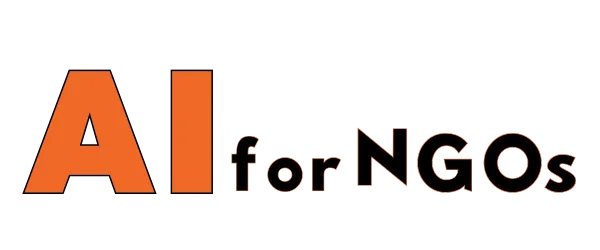Social impact programs aim to address various social issues and bring about positive change in communities. These programs can take many forms, such as interventions to improve education, healthcare, poverty alleviation, and environmental sustainability. However, assessing the effectiveness of these programs and understanding their impact can be challenging.
One key tool that is essential for evaluating social impact programs is counterfactual analysis. Counterfactual analysis involves comparing what actually happened with what would have happened in the absence of the program. By creating a counterfactual scenario, researchers can measure the impact of the program and determine whether the observed outcomes can be attributed to the program itself.
Why is Counterfactual Analysis Essential?
Counterfactual analysis is essential for evaluating social impact programs for several reasons:
1. Causality
Counterfactual analysis helps establish causality between the program and its outcomes. By comparing the actual outcomes with a counterfactual scenario, researchers can determine whether the program was the cause of the observed changes or whether other factors were at play.
2. Attribution
Counterfactual analysis allows researchers to attribute the observed outcomes to the program itself. Without a counterfactual comparison, it is difficult to determine whether the changes observed in the community were a result of the program or other external factors.
3. Impact Assessment
Counterfactual analysis provides a robust method for assessing the impact of social impact programs. By measuring the difference between the actual outcomes and the counterfactual scenario, researchers can quantify the program’s impact and evaluate its effectiveness.
4. Cost-effectiveness
Counterfactual analysis helps determine the cost-effectiveness of social impact programs. By comparing the costs of implementing the program with the benefits it generates, researchers can assess whether the program represents a good investment of resources.
Challenges of Counterfactual Analysis
While counterfactual analysis is a powerful tool for evaluating social impact programs, it also comes with some challenges:
1. Identifying the Counterfactual
Creating a credible counterfactual scenario can be challenging, especially in complex social settings where many factors can influence outcomes. Researchers must carefully design the counterfactual to ensure it accurately reflects what would have happened in the absence of the program.
2. Data Limitations
Obtaining reliable data to conduct counterfactual analysis can be difficult, particularly in resource-constrained environments. Researchers may face limitations in data availability, quality, and coverage, which can impact the validity of their conclusions.
3. Selection Bias
There is a risk of selection bias in counterfactual analysis, where certain groups may be more likely to participate in the program than others. Researchers must account for this bias to ensure their findings accurately reflect the program’s impact on the target population.
Conclusion
Counterfactual analysis is an essential tool for evaluating social impact programs and understanding their effectiveness. By comparing actual outcomes with a counterfactual scenario, researchers can establish causality, attribute outcomes to the program, assess impact, and determine cost-effectiveness. While counterfactual analysis comes with challenges such as identifying the counterfactual, data limitations, and selection bias, overcoming these challenges is critical for generating credible and reliable evaluations of social impact programs.
FAQs
1. What is counterfactual analysis?
Counterfactual analysis involves comparing what actually happened with what would have happened in the absence of a program or intervention. This comparison helps researchers determine the program’s impact and attribute outcomes to the program itself.
2. Why is counterfactual analysis important for evaluating social impact programs?
Counterfactual analysis is essential for establishing causality, attributing outcomes, assessing impact, and determining cost-effectiveness of social impact programs. It provides researchers with a robust method for evaluating program effectiveness and understanding the changes observed in the community.
3. What are the challenges of counterfactual analysis?
Challenges of counterfactual analysis include identifying the counterfactual, data limitations, and selection bias. Researchers must carefully design the counterfactual scenario, address data issues, and account for bias to ensure the validity and reliability of their evaluations.









